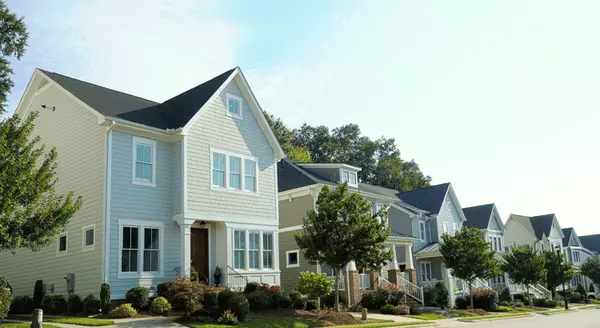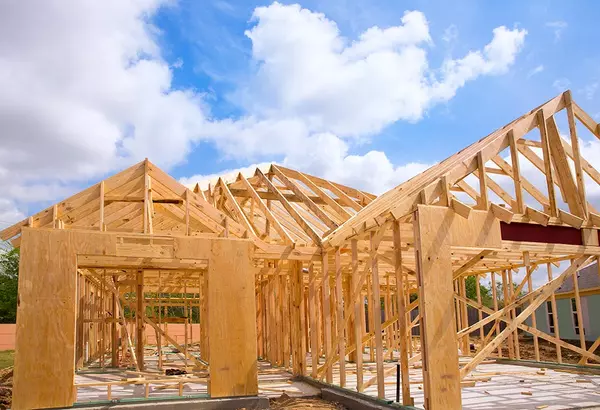
Are We Approaching a Balanced Housing Market?
If you’ve been monitoring the housing market in recent years, it’s clear that sellers have held the upper hand. But with inventory on the rise, could this be shifting? Let’s dive into what this might mean for the market. What Exactly Is a Balanced Market? A balanced market is typically defined as o

2025 Housing Market Outlook: What to Anticipate
As we approach 2025, understanding expert predictions for the housing market is crucial, whether you're considering buying or selling a home. Gaining insight into these forecasts can provide you with the information needed to make informed decisions regarding your homeownership goals. Here's an ove

Debunking Today’s Most Common Housing Market Myths
You’ve probably heard the saying, “Don’t believe everything you hear.” This holds especially true when navigating today’s housing market, where misinformation can lead to poor decisions. Whether you're buying or selling, it's crucial to ensure you have access to accurate and reliable information. W
Categories
Recent Posts










